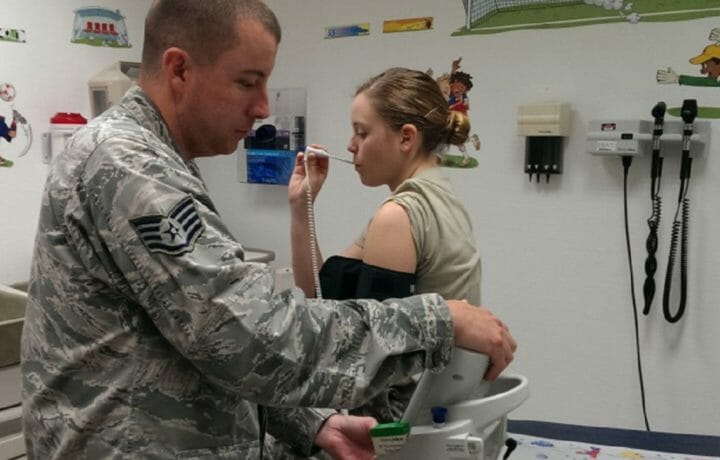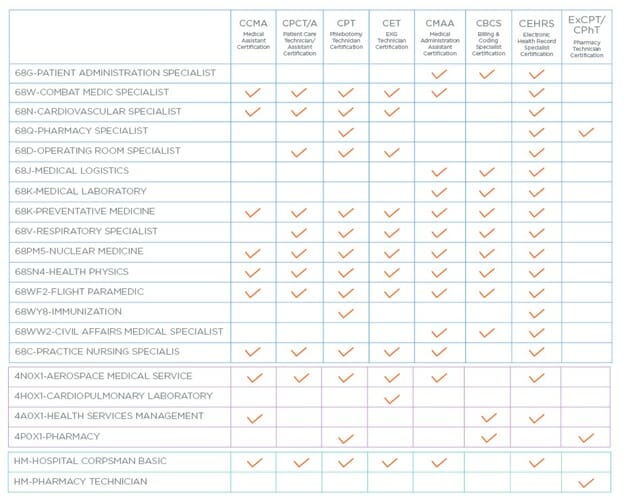The civilian healthcare field is hot right now. During the ten-year period between 2018 and 2028, the Bureau of Labor Statistics projects it will grow by 14% – much faster than all other occupations. Convert that to number of jobs and it comes out to 1.9 million new jobs.
The reason? The baby boomer population is reaching their Golden Age and are at a point in their lives where they are starting to require more healthcare. As that population continues to grow older and more enter this stage of their lives, the demand will only continue to grow.
For veterans recently separated or servicemembers with healthcare training and experience who are thinking about getting out within the next year or two, your familiarity in this career field can help you step into a healthcare career on the civilian side. But there is a fly in the ointment – some recruiters reading your resume have no idea what a 68W, 4N0X1 or HM are, and it can be difficult to explain in civilian terms they understand.
However, there is something more you can do to not only put your resume on par with civilians vying for the same positions, but also increase your chances of getting hired quicker, and at a higher starting salary. It is called credential stacking.
Turning Army Training into Civilian Certifications
Credentialing is the standard that bridges the gap between military and civilian healthcare training and experience and puts it into terms healthcare recruiters understand. The mistake many veterans make is they stop after listing only one credential on their resume. In fact, they might qualify for more than one credential – this is credential stacking.
Take an Army 68W, Combat Medic Specialist, for example. According to the Army COOL website, that MOS could qualify for up to 23 different credentials depending on the Credentialing Agency and Accreditation Program. And for veterans already out, they could use their GI Bill to reimburse them for preparatory resources and exam fees for 11 of these qualifications. For servicemembers still in, they should pursue their credentials before getting out.
To see how this works, let’s take a Medical Assistant position. According to the National Healthcareer Association (NHA) website it shows that an Army 68W could stack the following credentials:
- Certified Clinical Medical Assistant (CCMA)
- Certified EKG Technician (CET)
- Certified Phlebotomy Technician (CPT)
For a 68G Patient Administration Specialist pursuing a career as a medical administrator, stacking the following credentials would be helpful when applying for that position:
- Certified Billing and Coding Specialist (CBCS)
- Certified Electronic Health Record Specialist (CEHRS)
- Certified Medical Administrative Assistant (CMAA)
Here is a chart showing some common healthcare MOSs in the Army, Navy and Air Force with matching credentials.
Data source: National Healthcareer Association
One other credential that should not be overlooked when writing a resume is a security clearance. Depending on last reinvestigation date, it could be valid for up to two years after getting out. This is a credential that not many civilians have and is something that could qualify you for a select group of healthcare jobs requiring a clearance. And even if your clearance is expired, still list it, as it shows that you had one and could most likely get one again.
Veterans with military healthcare training and experience bring some unique qualities to the table – especially those with combat experience. Use that experience, training and credentialing to your advantage when moving into the civilian world of healthcare.





